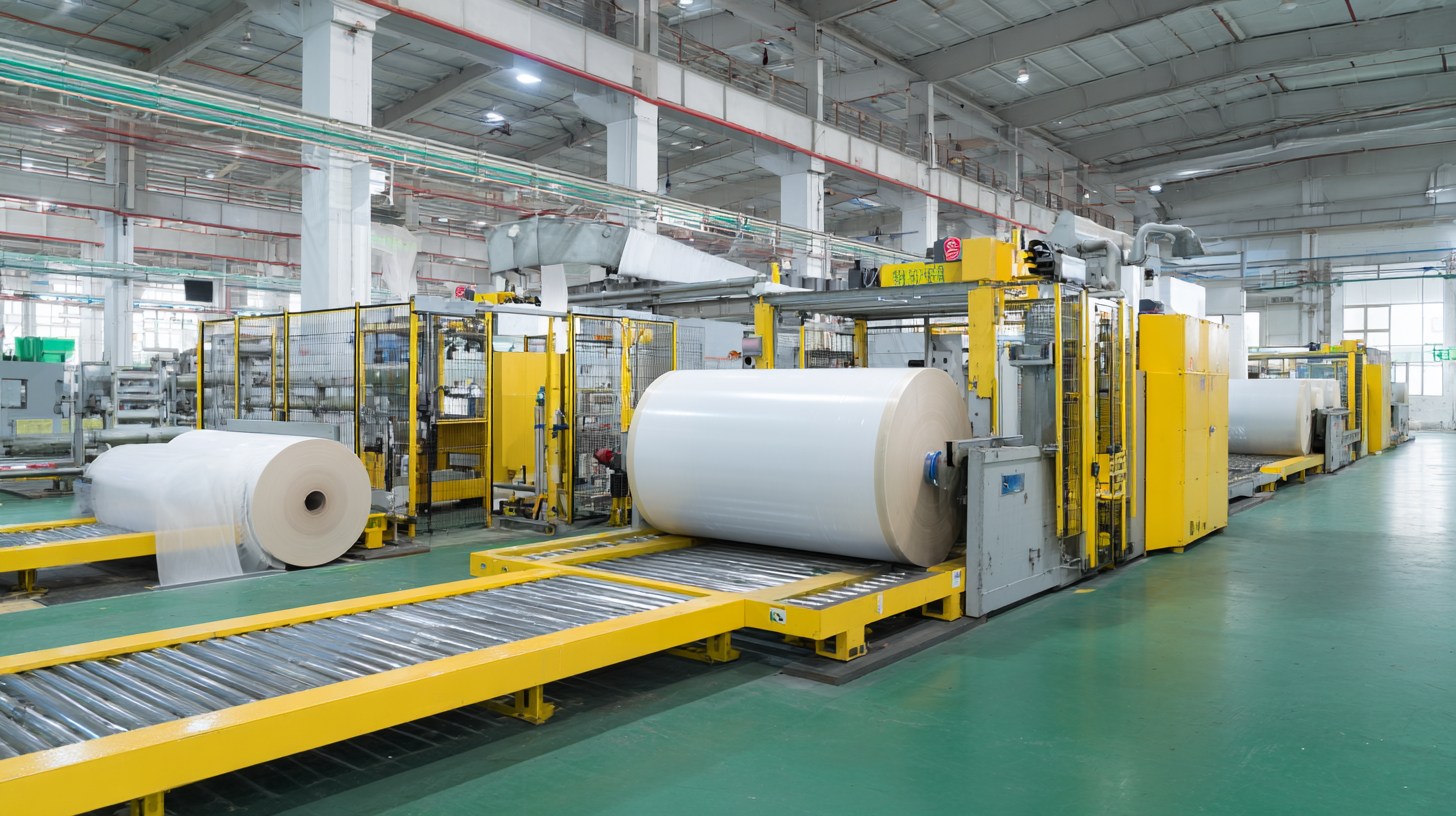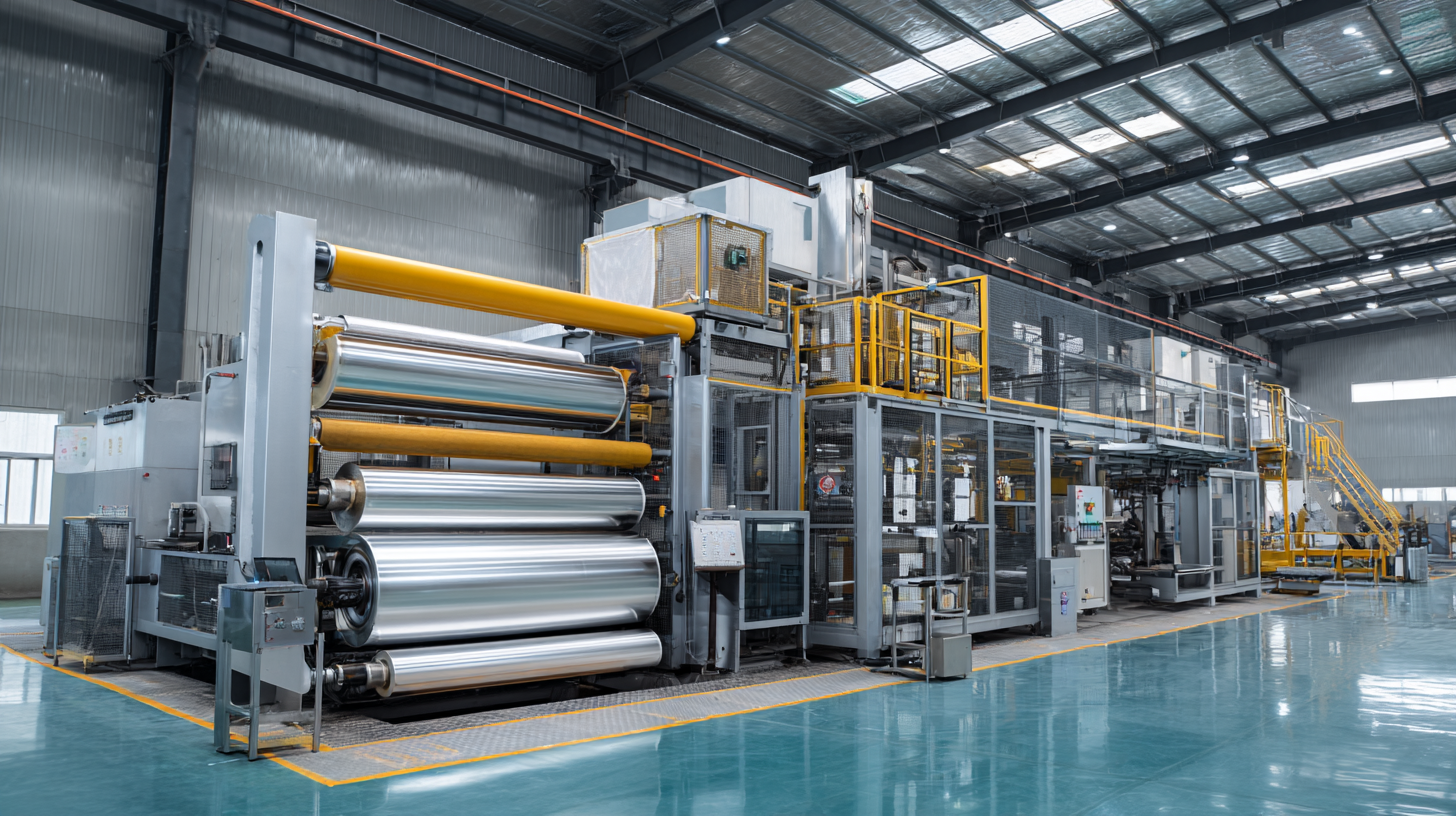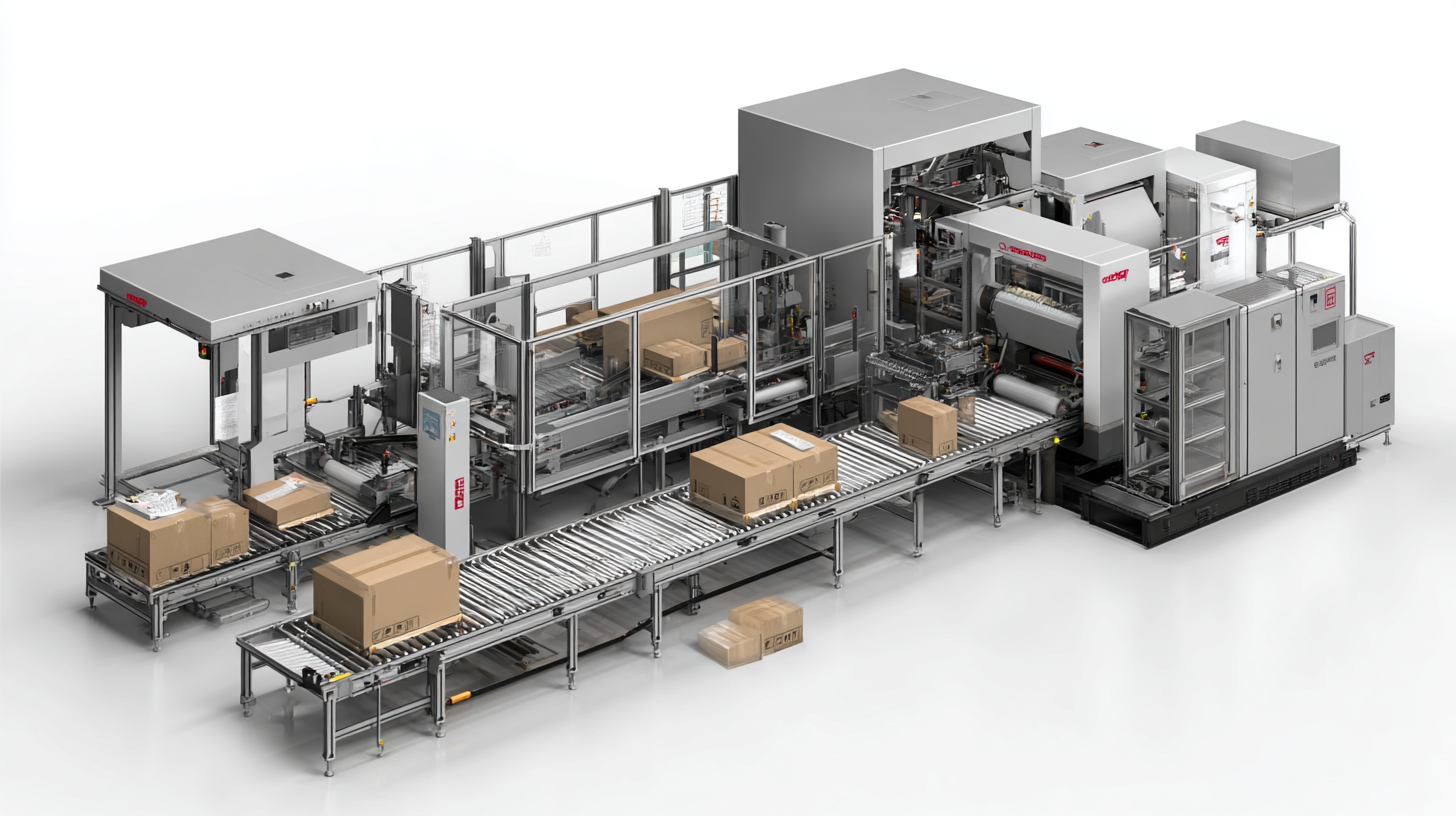World Class Chinese Factory Delivers Unmatched Best Stretch Wrapper Solutions
In today’s competitive landscape, optimizing packaging processes has become essential for manufacturers aiming to enhance efficiency and reduce costs. Among the tools that play a critical role in this optimization is the Stretch Wrapper, a device renowned for its capacity to securely wrap products on pallets, minimizing damage during transportation and storage. According to a report by MarketsandMarkets, the Global Stretch Wrapper Market is projected to reach USD 2.2 billion by 2026, growing at a CAGR of 5.8% from 2021. This growth underscores the increasing recognition of stretch wrapping solutions as integral to supply chain management. A world-class Chinese factory stands out by delivering innovative Stretch Wrapper solutions that not only meet but exceed industry standards, showcasing advanced technology and tailored strategies that cater to diverse operational needs. As businesses seek to streamline processes and boost productivity, understanding the top strategies for implementing Stretch Wrappers will be crucial for staying competitive in this evolving market.

Characteristics of Stretch Wrappers for Various Product Types
When it comes to packaging solutions, stretch wrappers stand out as essential tools for securing products of various dimensions and shapes. A high-quality stretch wrapper can adapt to the unique characteristics of different product types, ensuring safety and efficiency during transport and storage. For lighter products, a stretch wrapper with a lower tension setting is ideal, as it prevents damage while providing adequate stability. Conversely, heavier items may require a stretch wrapping machine with higher tension and more robust material to withstand the rigors of handling and shipping.
Another important consideration is the size of the load. For irregularly shaped or oversized products, a customizable stretch wrapping solution is crucial. These machines can be adjusted to accommodate various sizes, allowing for optimal coverage and protection. Moreover, features such as adjustable film thickness and wrap cycles enable manufacturers to tailor the wrapping process to meet their specific needs. By utilizing advanced stretch wrapper solutions, businesses can enhance their packaging efficiency, minimize waste, and ensure the integrity of their products throughout the supply chain.
Characteristics of Stretch Wrappers for Various Product Types
Key Factors to Consider When Choosing a Stretch Wrapper
When selecting a stretch wrapper for your manufacturing needs, several key factors must be considered to ensure optimal performance and efficiency. Firstly, the type of stretch film utilized can greatly impact both cost and effectiveness. Reports indicate that using high-quality pre-stretched film can enhance load stability by up to 30%, significantly reducing product damage during transportation. Moreover, the choice of machine type—whether manual, semi-automatic, or fully automatic—should align with your production volume and operational workflow. According to a recent industry analysis, fully automatic stretch wrappers have been shown to increase packing speed by as much as 50%, offering substantial labor savings and improved throughput.

Additionally, the machine’s compatibility with varied load sizes and shapes is crucial. As per a study by a leading packaging institute, nearly 70% of businesses reported increased operational flexibility after switching to stretch wrappers designed to handle diverse load configurations. Sustainability is another critical factor; opting for machines that reduce plastic waste and energy consumption can not only align with corporate responsibility goals but also enhance your overall sustainability profile. In light of these considerations, investing in a world-class stretch wrapper tailored to your specific requirements can lead to unmatched performance and reliability in your packaging operations.
Applications of Stretch Wrappers in Different Industries
Stretch wrappers have become indispensable tools in a variety of industries, providing efficient solutions for securing and protecting products during storage and transportation. In the beverage sector, for instance, stretch wrappers enable manufacturers to bundle bottles and cans together, preventing damage and ensuring stability during transit. As these products are often stacked high on pallets, reliable wrapping is essential to maintain quality and prevent spills. By utilizing advanced stretch wrapping technology, companies can enhance their logistics efficiency while minimizing product loss.
In the food industry, stretch wrappers play a crucial role in extending the shelf life of perishables. By tightly wrapping items such as meats, cheeses, and fruits, businesses can protect these goods from external contaminants and reduce the risk of spoilage. This application not only preserves the freshness of products but also allows for better inventory management and reduced waste. Additionally, in the pharmaceutical sector, stretch wrappers ensure that medications are securely packaged, maintaining the integrity of the products during distribution. The versatility and robustness of stretch wrappers make them a valuable asset across multiple industries, showcasing the importance of effective packaging solutions in today's supply chain.
Comparative Analysis of Stretch Wrapper Technologies
When it comes to packaging solutions, the
stretch wrapper technology has emerged as a crucial component for optimizing efficiency in production and logistics. Companies are increasingly exploring the various types of stretch wrappers to identify the best fit for their needs. The comparative analysis of stretch wrapper technologies illustrates key differences in
performance, adaptability, and cost-effectiveness that can significantly impact operations.
One of the primary distinctions among stretch wrappers lies in the automation level.
Semi-automated machines offer flexibility for smaller operations, allowing operators to manage wrapping more effectively while keeping costs low. In contrast,
fully automated systems provide speed and consistency, ideal for high-volume production lines. Additionally, the material used in stretch films varies; some technologies utilize
pre-stretched films that enhance load stability and reduce material usage, while others may focus on specific applications such as temperature-sensitive products. Understanding these variations can enable businesses to select the most suitable stretch wrapper, thereby enhancing their production efficiency and minimizing waste.
The Impact of Product Size and Weight on Wrapper Selection
When selecting the best stretch wrapper solution, understanding the impact of product size and weight is crucial. According to a report by the Association of Packaging and Processing Technologies, over 50% of shipping damages are attributed to inadequate packaging. The right stretch wrapper can significantly reduce these risks by securely stabilizing products during transit. For lighter and smaller items, a semi-automatic stretch wrapper may suffice, while larger, heavier products often require a fully automatic system to ensure consistent tension and coverage.

Tips: When assessing your wrapping needs, consider the dimensions and weight of your products. For instance, products weighing over 50 pounds typically benefit from heavy-duty stretch films that offer enhanced puncture resistance and load stability. Additionally, invest in adjustable wrapper settings that can accommodate variations in product size, ensuring a tight wrap without damaging the product.
Another key consideration is the type of stretch film used. In a study published by Packing Strategies, it was found that using pre-stretched film can improve load stability by up to 30%. This can be especially beneficial for companies looking to optimize their shipping processes and minimize material costs. By selecting the proper film and machine based on product characteristics, businesses can enhance operational efficiency and reduce waste.
